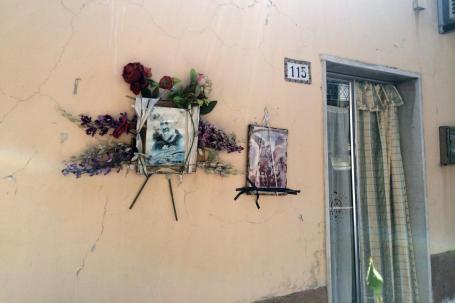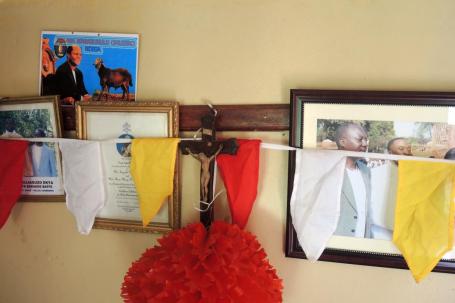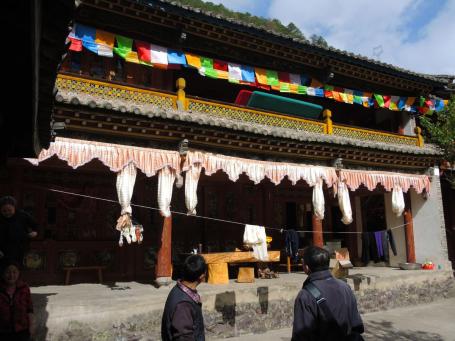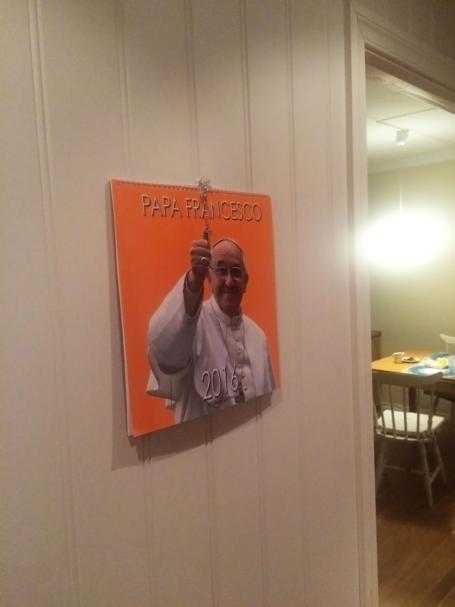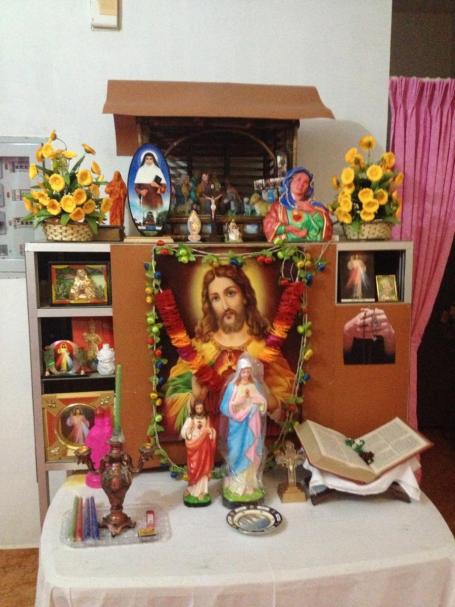Learning Context
Students should be introduced to the general concept that the home environment is a reflection of a family’s values. Discussion is a good way to encourage them to see this intuitively. They can start by drawing pictures of a room in their home, pointing out elements that speak to things that matter to their families (a cross above a door, an old photo of great grandma, an Irish flag, etc.). This exercise leads to the many ways in which religion expresses itself in the home.
Project Possibilities
A project on home practice can go in a number of directions. It is an opportunity for students to learn, tangibly, what the households of non-Christian faiths might typically contain, and reflect on what it means in the context of that faith. For example, a Jewish home may have a Mezuzah on a door: students can find an image of a Mezuzah, and deduce it’s religious and theological significance. Online research is an easy way to find information, but a more ideal method of research would be through interviewing peers about what special items are in their homes.
Questions for Discussion
- Are all of a family’s values necessarily visible in the home? What are some things that are important to your family, but are not visible in your home?
- Can you think of reasons why in some countries, faith is very visible in the home but not in public? (resource: Denmark)
- Are there decorations or practices that you have in your home that only come out during certain times of year (e.g., at holidays)?
- [in a world religions context] Why do you think some Catholic homes have many images of Jesus, Mary, and other holy people, while Muslim homes do not?
